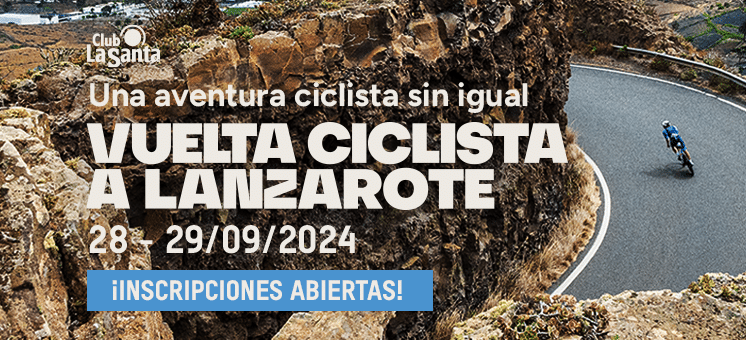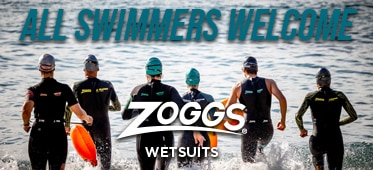5 exercises to improve breathing in crawl
They will help you improve your coordination and body position p
If you are one of those who lose speed or feel uncomfortable every time you take a breath during the crawl swim, we propose 5 exercises that will help improve your coordination and body position to avoid these aspects.
I swim off the curb.
Face down, hold on to the curb with both hands.
The exercise consists of perform the one-arm crawl stroke to make us aware that the face is glued to the surface of the water when breathing and the body makes a slight turn from the head to the feet (rolled on the longitudinal axis) to facilitate breathing.
I swim one arm with a board.
While with one hand we hold the board in a horizontal position on the surface of the water, with the other arm we will perform the front crawl stroke paying attention to two important points:
a) Breathe turning your head, that is, without looking straight ahead or raising it above the water
b) Match the head start with the end of the underwater phase of the stroke, that is, when the hand is at approximately hip level
I swim in a semi-arrow with fins.
Maintaining a arm stretched out in front and the other glued to the side, we must move with a crawl kick.
To breathe we must make a turn on the longitudinal axis, so that the face remains on the surface and the shoulders, hips and legs take a slightly lateral position.
Side kick with fins.
We will stand on one side on the surface of the water, keeping a arm stretched out in front and the other close to the body.
The objective is to keep the face in contact with the water, looking for the surface to coincide with the frown, so that one eye stays under the surface and the other just above it. In this position the kick is very important to keep the hips on the surface.
Chest pull kick.
With fins and in ventral position (face down), we are going to move with a front crawl kick, holding a pullbuoy under the chest with both hands.
We will do the breathing laterally, rotating on the longitudinal axis and without separating the pull from the chest or releasing it. Each length is done to the side to work bilaterally.
The proposed exercises are ordered by difficulty, so start with the first ones and gradually progress once you master them.
To increase the difficulty you can eliminate the auxiliary material (board, fins, etc.) or include speed changes.

Dra. Science of Physical Activity and Sport
There are no previous results.



































